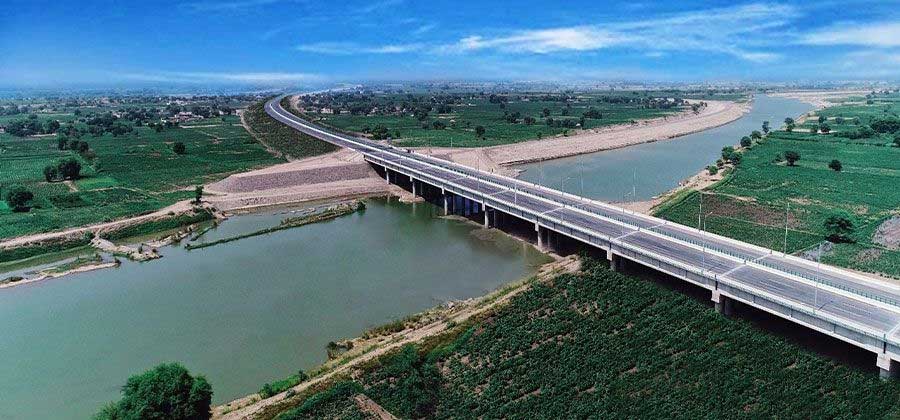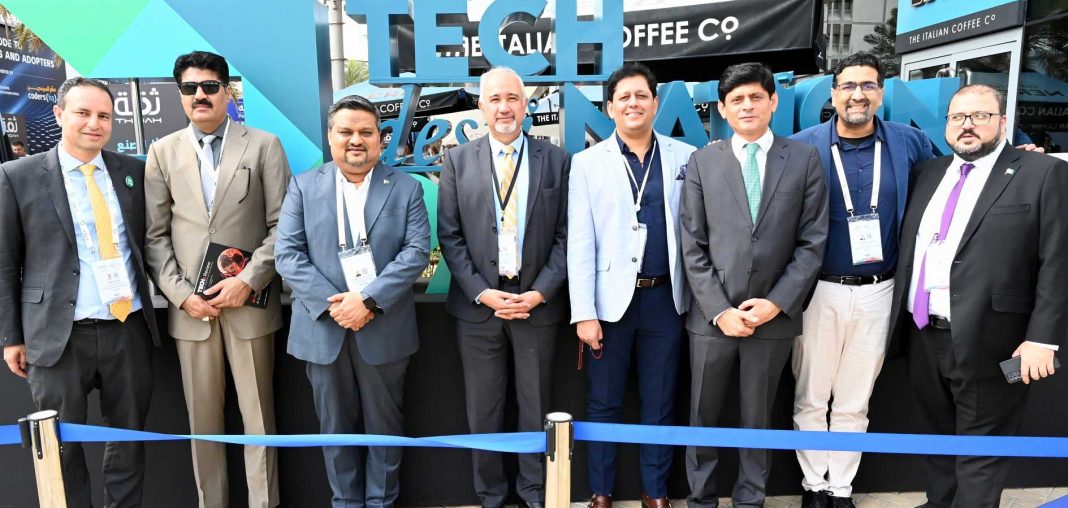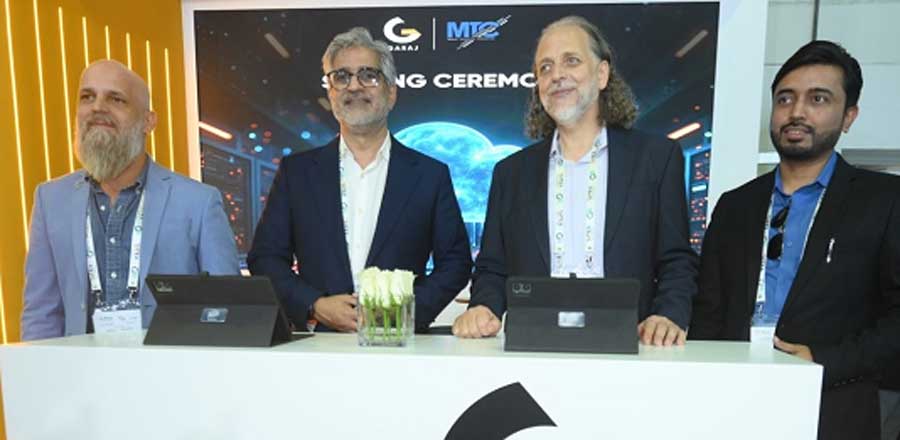
The Multan-Sukkur Motorway (M5), a crucial part of Pakistan’s ever-expanding road infrastructure, stands as a testament to the strong and enduring partnership between Pakistan and China. Completed by the China State Construction and Engineering Corporation (CSCEC) as part of the China-Pakistan Economic Corridor (CPEC), the 392-kilometer-long motorway is one of the largest and most ambitious infrastructure projects undertaken in Pakistan in recent years. The M5 has not only improved connectivity across the country but has also played a vital role in economic development, creating jobs, and transforming the region’s industrial and agricultural landscape.
A Strategic Link in CPEC
The Multan-Sukkur Motorway forms a significant section of the larger Karachi-Peshawar Motorway, a key artery in the China-Pakistan Economic Corridor (CPEC). The CPEC initiative, which aims to enhance economic ties and infrastructure connectivity between Pakistan and China, encompasses a vast network of roads, railways, and energy projects. The M5 is a crucial part of this network, connecting the southern city of Multan to Sukkur in Sindh province. This vital link improves connectivity between major industrial centers, reduces travel time, and facilitates the smooth transportation of goods, contributing to Pakistan’s socio-economic progress.
Constructed over a period of four years and inaugurated in November 2019, the Multan-Sukkur Motorway was built with advanced construction techniques and safety standards, further solidifying China’s reputation as a reliable partner in Pakistan’s development. The project reflects the growing cooperation between the two countries, which has intensified under the Belt and Road Initiative (BRI), and it has significantly strengthened Pakistan’s transportation network.
Engineering Excellence and Challenges Overcome
The construction of the Multan-Sukkur Motorway was no easy feat. The project’s scale and complexity demanded expertise in modern engineering, technology, and logistics. CSCEC, one of China’s largest construction companies, led the project with precision, utilizing state-of-the-art technology to ensure the motorway met international standards of safety, durability, and efficiency.
The M5 motorway comprises six lanes and 54 bridges, crossing through a diverse terrain that includes plains, rivers, and agricultural land. The completion of the project required overcoming numerous challenges, including harsh weather conditions, logistical hurdles, and tight deadlines. Despite these obstacles, CSCEC managed to complete the project ahead of schedule, a testament to their technical capabilities and commitment to timely delivery.
The project also involved significant environmental and social considerations. Environmental assessments were conducted to ensure that construction activities did not adversely affect the local ecosystems. In addition, CSCEC worked closely with local communities, ensuring that the project benefited the people in the region through job creation, skill development, and the implementation of social welfare initiatives. Thousands of local workers were employed during the construction phase, many of whom received training in modern construction techniques, thereby enhancing their skillsets for future employment opportunities.
Economic Impact and Regional Development
The economic impact of the Multan-Sukkur Motorway has been immense. By improving connectivity between the northern and southern regions of Pakistan, the M5 has significantly reduced transportation costs and time, providing a major boost to trade, commerce, and the movement of goods. The motorway cuts the travel time between Multan and Sukkur from over 10 hours to just four, facilitating smoother logistics for businesses and industries that rely on the transportation of goods to and from major urban centers, seaports, and industrial hubs.
Agriculture, a key sector in the regions along the motorway, has particularly benefited from the enhanced infrastructure. The M5 has enabled farmers to transport their produce to markets more efficiently, reducing post-harvest losses and improving market access. This has had a direct positive impact on farmers’ incomes and livelihoods, contributing to the development of rural economies.
In addition to agriculture, the motorway has stimulated growth in the industrial and manufacturing sectors. The improved connectivity has attracted investments in industries such as textiles, agro-processing, and logistics, further boosting the economic potential of the region. The establishment of new industrial zones along the motorway route has created new jobs, promoted local entrepreneurship, and contributed to the broader economic development of Pakistan.
Social and Cultural Impact
The social impact of the Multan-Sukkur Motorway extends beyond its economic contributions. By reducing travel times and improving access to previously remote areas, the motorway has fostered greater social cohesion and cultural exchange between communities. The regions of southern Punjab and Sindh, which the motorway traverses, have historically been underdeveloped and isolated from the major urban centers of the country. The M5 has helped bridge this gap, providing these regions with easier access to education, healthcare, and other essential services.
Moreover, the motorway has facilitated domestic tourism, opening up new opportunities for travelers to explore the cultural and historical landmarks of southern Pakistan. Cities like Multan, known as the “City of Saints,” with its rich history, Sufi heritage, and ancient architecture, are now more accessible to tourists from across the country. Similarly, Sukkur, with its famous landmarks such as the Lansdowne Bridge and the Sukkur Barrage, has seen an increase in visitors, further contributing to the region’s cultural and economic development.
The Future: Unlocking Pakistan’s Potential
As Pakistan continues to develop its infrastructure under the CPEC framework, the Multan-Sukkur Motorway stands as a shining example of what can be achieved through international cooperation and strategic investments in infrastructure. The M5 is not just a road; it is a lifeline that connects people, industries, and markets, unlocking the economic potential of previously underserved regions.
The success of the M5 has set the stage for future infrastructure projects in Pakistan, many of which are already in the pipeline. The completion of the entire Karachi-Peshawar Motorway, of which the M5 is a part, will further integrate Pakistan’s road network, improving connectivity across the length of the country. This is expected to boost trade not only within Pakistan but also with neighboring countries, enhancing Pakistan’s role as a key player in regional trade and logistics.
Moreover, the motorway project has demonstrated the positive impact of Pakistan-China collaboration under the CPEC umbrella. The strong partnership between the two countries continues to evolve, with China providing technical expertise, financial resources, and infrastructural support that is helping Pakistan modernize its transportation, energy, and industrial sectors.
The Multan-Sukkur Motorway, completed by the China State Construction and Engineering Corporation, is more than just a road; it is a symbol of progress, cooperation, and hope for a brighter future. As part of CPEC, the motorway plays a crucial role in Pakistan’s economic growth, bringing people closer together, stimulating regional development, and laying the groundwork for a prosperous and interconnected future.
The M5 will undoubtedly continue to have a lasting impact on Pakistan’s economy and society for years to come, serving as a catalyst for development and a beacon of the transformative power of strategic infrastructure investments. Through projects like the Multan-Sukkur Motorway, Pakistan is steadily moving towards a future where enhanced connectivity drives prosperity and progress for all.




